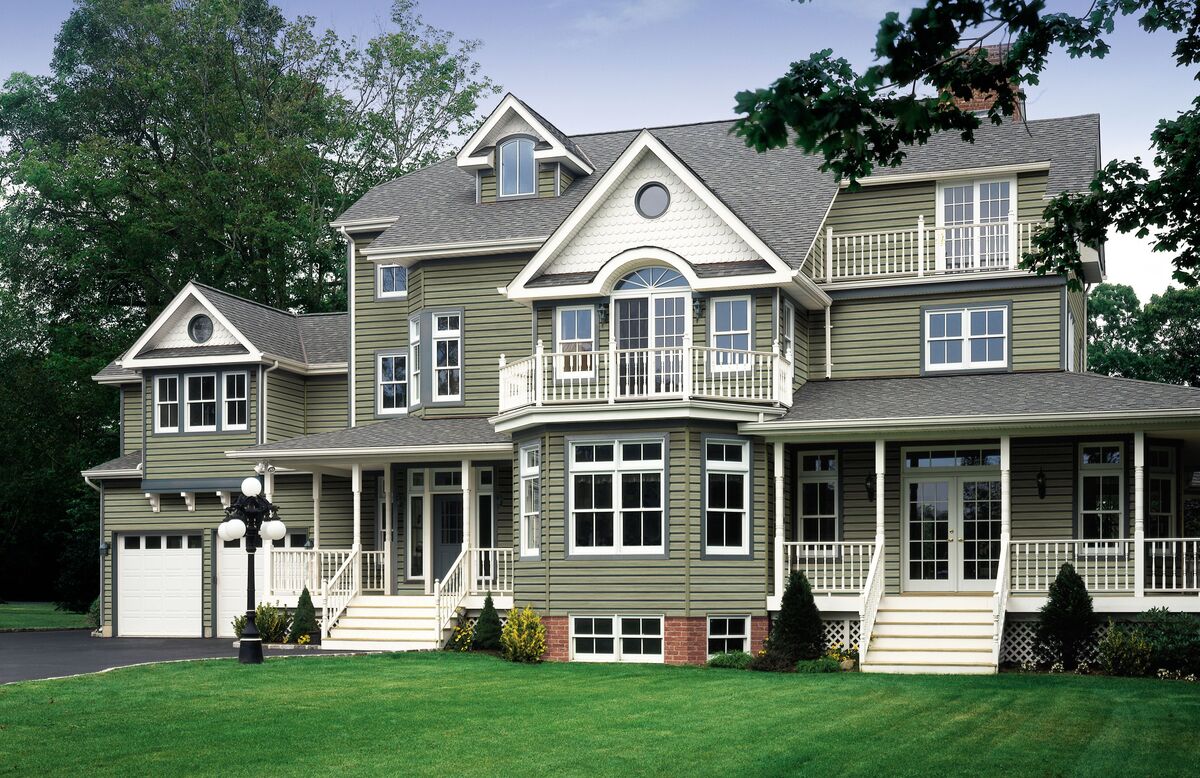

Articles
What Color Siding Has The Best Resale Value?
Modified: January 6, 2024
Discover which color siding has the best resale value with our informative articles. Increase your home's curb appeal and maximize your investment.
(Many of the links in this article redirect to a specific reviewed product. Your purchase of these products through affiliate links helps to generate commission for Storables.com, at no extra cost. Learn more)
Introduction
Choosing the right siding color for your home not only enhances its curb appeal but can also have a significant impact on its resale value. The color of the siding can make a home look more inviting and attractive to potential buyers, or it can deter them from considering it as a worthy investment.
When deciding on a siding color, it’s important to consider various factors, such as the architectural style of the house, the neighborhood, and current design trends. Additionally, keeping in mind the resale value of the property is crucial to ensure that your color choice appeals to a wide range of potential buyers.
In this article, we will explore the factors you should consider when choosing siding colors and discuss some popular choices that have been proven to have a positive influence on resale value.
Key Takeaways:
- Neutral colors like beige, cream, and light gray are timeless choices that appeal to a wide range of potential buyers, creating a clean and sophisticated look that complements various architectural styles.
- Earthy hues such as tan, brown, and taupe evoke warmth and harmony with nature, creating a welcoming and inviting feel that can significantly enhance a home’s resale value.
Factors to Consider When Choosing Siding Colors
When selecting a siding color for your home, several important factors should be taken into account. These factors will help ensure that your color choice aligns with the overall aesthetic of your home and the preferences of potential buyers. Here are some factors to consider:
- Architectural Style: The architectural style of your home plays a significant role in determining the appropriate siding color. Different styles, such as traditional, modern, colonial, or craftsman, may have specific color palettes that complement their design. Research the recommended color schemes for your particular architectural style to ensure a harmonious look.
- Neighborhood: Take a look around your neighborhood and observe the color schemes of neighboring houses. While you don’t want to blend in entirely, selecting a color that harmonizes with the neighborhood can be beneficial. This ensures that your home doesn’t stand out too much for the wrong reasons.
- Climate: Consider the climate of your area when choosing a siding color. Lighter colors tend to reflect sunlight, helping to keep your home cool in warmer climates. Darker colors, on the other hand, can absorb heat and be more suitable for colder regions.
- Personal Preference: It’s important to select a siding color that you enjoy and feel represents your personal taste. After all, you’ll be the one living in the house until it sells, so choose a color that brings you joy and satisfaction.
- Resale Value: While personal preference is important, it’s crucial to keep resale value in mind when selecting a siding color. Opting for a popular color scheme that appeals to a wide range of potential buyers can increase your home’s desirability, ultimately leading to a higher resale value.
By considering these factors, you can make an informed decision when choosing a siding color that not only suits your personal taste but also maximizes the resale potential of your home.
Popular Siding Colors for Resale Value
While personal preferences vary, certain siding colors have proven to be more appealing to potential homebuyers and can increase the resale value of a property. Let’s explore some of the popular siding colors that have shown positive results:
- Neutral Colors: Neutral colors, such as beige, cream, and light gray, are timeless choices that have broad appeal. They provide a clean and sophisticated look that can easily complement various architectural styles.
- Earth Tones: Earthy hues, like tan, brown, and taupe, evoke a sense of warmth and harmony with nature. These colors can create a welcoming and inviting feel, especially when combined with natural materials like stone or wood accents.
- White: White is a classic and versatile color that never goes out of style. It gives a fresh and clean appearance, making the home feel bright and open. White siding also provides a great backdrop for other architectural elements to stand out.
- Gray: Gray has become increasingly popular in recent years, and for a good reason. It offers a modern and sophisticated look and pairs well with other colors. Light gray shades provide a subtle elegance, while darker shades add depth and drama.
- Blue: Blue siding can evoke a sense of calmness and tranquility. Lighter shades of blue give a coastal or beachy vibe, while darker blues provide a more traditional and regal appeal. Blue siding can add a unique touch to your home’s exterior.
- Green: Green is a versatile color that blends well with natural surroundings. Light green shades can create a fresh and vibrant look, while deeper greens convey a sense of elegance and sophistication. Green siding can enhance the overall aesthetics of your home.
- Red: Red siding is bold and eye-catching, and it can make your home stand out in a neighborhood. Consider using red as an accent color or for a specific architectural feature rather than covering the entire exterior. Red siding can add personality and charm to your home.
- Brown: Brown is a warm and earthy color that imparts a sense of stability and reliability. It can create a cozy and inviting exterior and works well with a variety of other colors. Brown siding can make a home feel grounded and harmonious.
- Black: While less common, black siding can create a sleek and modern look. It adds a touch of sophistication and elegance to the exterior of a home. Black can be used as a statement color or in combination with other lighter shades to add contrast and visual interest.
Remember, when choosing a siding color for resale value, it’s essential to consider the overall aesthetics, architectural style, and the preferences of potential buyers in your area. By selecting a popular and appealing color, you can potentially increase the desirability and resale value of your home.
Neutral Colors
Neutral colors are a safe and timeless choice for siding that can have a positive impact on a home’s resale value. These colors create a clean and sophisticated look that appeals to a wide range of potential buyers. Here are some popular neutral colors to consider:
- Beige: Beige is a classic neutral color that exudes warmth and elegance. It provides a soft and welcoming appearance, making it suitable for various architectural styles. Beige siding pairs well with both light and dark trims, creating a versatile and attractive combination.
- Cream: Cream tones offer a subtle and sophisticated look that can enhance the overall aesthetics of a home. Cream-colored siding creates a warm and cozy feel, making it particularly well-suited for traditional or cottage-style houses. It also provides a great backdrop for architectural details to stand out.
- Light Gray: Light gray siding has gained popularity in recent years due to its modern and sleek appearance. It gives a fresh and contemporary look to a home and pairs well with various accent colors. Light gray is a versatile neutral color that can complement different architectural styles, making it a popular choice among homeowners and potential buyers.
Neutral colors provide a timeless quality that can easily adapt to changing design trends. They create a neutral canvas that allows potential buyers to visualize their own personal style and decor choices without feeling limited by the siding color. Neutral siding colors also tend to age gracefully, which can maintain the home’s appeal and value over time.
When choosing a neutral color for siding, consider the overall aesthetic of your home and the surrounding environment. Take into account the natural lighting and the existing color palette of your neighborhood. By selecting an appropriate neutral color, you can create a visually pleasing and harmonious exterior that increases the resale value of your home.
Earth Tones
Earth tones are a popular choice for siding colors that can significantly enhance a home’s resale value. These colors are inspired by the natural elements and create a warm and welcoming atmosphere. Here are some earthy hues worth considering:
- Tan: Tan siding offers a neutral and warm color option that provides a sense of stability and serenity. It blends well with various architectural styles and can create a timeless and sophisticated look.
- Brown: Brown siding adds richness and depth to a home’s exterior. It reflects the earthy tones found in nature and imparts a sense of comfort and reliability. Brown siding can be paired with other colors such as cream or white trims to create a visually appealing contrast.
- Taupe: Taupe is a versatile earth tone that combines elements of gray and brown. It offers a subtle and sophisticated look, making it an excellent choice for homeowners who want a unique yet timeless exterior. Taupe siding pairs well with both light and dark trims, allowing for a wide range of design possibilities.
Earth tones are particularly popular for homes located in natural or rural settings. These colors blend seamlessly with the surrounding landscape, creating a harmonious and visually appealing facade. Earth tone siding can exude a sense of warmth and create a connection between the house and its natural surroundings.
When considering earth tones for your siding, take into account the architectural style of your home. Earthy hues work well with stone accents, wood elements, and landscaping choices that further emphasize the natural theme. By choosing earth tones, you can enhance the curb appeal and resale value of your home by creating a welcoming and nature-inspired exterior.
Read more: What Color Shutters With Gray Siding
White
White is a classic and timeless color choice for siding that has consistently shown to have a positive impact on a home’s resale value. The clean and fresh appearance of white siding can make a home appear more spacious and inviting. Here are some reasons why white siding is a popular option:
- Elegant and Versatile: White siding exudes elegance and versatility. Its simplicity allows it to complement various architectural styles, from traditional to modern, and everything in between. White siding can enhance the architectural details of a home, making them stand out.
- Bright and Airy: White siding reflects light, giving a bright and airy feel to a home’s exterior. This can make a smaller house appear more open and spacious, making it attractive to potential buyers.
- Neutral Canvas: White serves as a neutral canvas that allows other elements of a home’s exterior to shine. It pairs well with a wide range of accent colors, from bold hues to subtle tones, providing endless design possibilities.
- Timeless Appeal: White is a color that never goes out of style. Its timeless appeal ensures that your home will remain visually appealing for years to come, regardless of future design trends.
One of the advantages of white siding is its ability to create a fresh and clean aesthetic. This clean look can attract potential buyers who desire a well-maintained and pristine home. Additionally, white siding can create a sense of continuity within a neighborhood, as it is a popular choice among homeowners.
Keep in mind that white siding may require regular cleaning and maintenance to keep it looking its best. However, the effort is often worth it, as white siding can significantly increase the curb appeal and resale value of your home.
Whether your home has a traditional, modern, or eclectic design, white siding can provide a sleek and stylish exterior that appeals to a broad range of potential buyers. Consider the architectural style of your home and the other elements of your exterior when deciding on white siding to create an elegant and timeless look.
Gray
Gray has become a popular siding color choice in recent years due to its modern and sophisticated appeal. It offers a range of shades and tones that can transform the exterior of a home. Here are some reasons why gray siding is highly regarded:
- Contemporary and Versatile: Gray siding brings a contemporary and chic look to a home. It can be paired with various accent colors and materials to create a visually stunning and versatile exterior. Whether your home has a traditional, modern, or transitional design, gray siding can complement it beautifully.
- Neutral and Serene: Gray is a neutral color that promotes a sense of calmness and serenity. It provides a soothing backdrop that can visually enhance the overall aesthetic of your home. Lighter shades of gray create an elegant and sophisticated appearance, while darker shades add depth and drama.
- Enables Color Contrast: Gray siding allows for bold color accents to stand out. You can incorporate bright accent colors on doors, shutters, or trim, creating a striking contrast against the gray backdrop. This combination can add visual interest and curb appeal to your home.
- Low Maintenance: Gray siding tends to conceal dirt and stains better than lighter colors. This means that it requires less frequent cleaning and maintenance compared to some other lighter shades. With proper care, gray siding will retain its beauty and increase the value of your home.
Gray siding works well with a variety of architectural styles, from modern and minimalist designs to more traditional and rustic homes. It also complements different building materials, such as stone, brick, or wood, allowing for seamless integration of various elements.
Consider the surrounding environment and the natural lighting conditions when choosing a shade of gray. Lighter gray tones are ideal for homes in sunnier climates, as they reflect sunlight and help keep the interior cooler. Darker gray shades, on the other hand, are well-suited for homes in cooler regions, as they absorb heat and create a cozy feel.
Gray siding is a contemporary and stylish choice that adds a touch of sophistication to any home. Its versatility and timeless appeal make it a popular option among homeowners who want to increase the resale value and elevate the overall aesthetics of their property.
When choosing siding color for resale value, neutral tones like gray, beige, or white are popular choices as they appeal to a wider range of potential buyers and can help increase the curb appeal of the home.
Blue
Blue siding is a unique and eye-catching choice that can add a sense of personality and charm to your home’s exterior. The color blue is associated with calmness, tranquility, and serenity, making it an ideal option for creating a relaxed and inviting atmosphere. Here are some reasons why blue siding is worth considering:
- Versatility: Blue comes in a range of shades, from soft and subtle pastels to bold and vibrant blues. This versatility allows you to choose a shade that suits your personal style and complements the architectural design of your home.
- Coastal Appeal: Lighter shades of blue, such as sky blue or aqua, evoke a coastal or beachy vibe. This can create a sense of tranquility and remind potential buyers of peaceful seaside living.
- Traditional and Regal Look: Deeper shades of blue, such as navy or royal blue, can give your home a more traditional and regal appearance. These rich hues exude elegance and sophistication, enhancing the overall curb appeal of your property.
- Contrast and Accent: Blue siding can be used as a contrasting color or as an accent for specific architectural features. For example, you might consider using blue siding for the gables or trim to create visual interest and highlight unique aspects of your home.
When choosing a blue siding color, it’s essential to consider the surroundings and the architectural style of your home. Lighter blues work well in coastal or suburban settings, while darker blues can add depth and drama to more traditional or formal homes.
Incorporating complementary colors and materials is key when using blue as a siding color. White trim and accents can create a crisp and clean look, while natural wood or stone elements can add warmth and texture to the overall design.
Blue siding can make a bold statement and set your home apart from others in the neighborhood. Its unique appeal and ability to evoke a sense of tranquility and charm can enhance the resale value of your property and leave a lasting impression on potential buyers.
Green
Green siding is a versatile and nature-inspired choice that can add both visual appeal and a sense of harmony to your home’s exterior. Green is associated with freshness, vitality, and balance, and it offers a wide range of shades to suit different tastes and architectural styles. Here are some reasons why green siding is a popular option:
- Connection with Nature: Green is a color that symbolizes nature and the outdoors. It can create a sense of harmony and tranquility, making your home feel like a peaceful retreat.
- Refreshing and Rejuvenating: Lighter shades of green can make your home appear fresh, vibrant, and full of life. They can create a welcoming and cheerful atmosphere that instantly appeals to potential buyers.
- Elegance and Sophistication: Deeper shades of green, such as forest green or emerald, can add a touch of elegance and sophistication to your home’s exterior. These rich tones create a sense of luxury and can enhance the overall curb appeal of your property.
- Complement to Natural Surroundings: Green siding blends harmoniously with the surrounding landscape, especially in wooded or rural settings. The color can create a seamless transition between your home and its natural environment.
When choosing a shade of green for your siding, consider the architectural style of your home. Lighter greens work well with modern or cottage-style homes, while darker green shades can enhance the character and charm of more traditional or rustic designs.
Complementary colors and materials can further enhance the beauty of green siding. White trim provides a crisp and clean contrast, while earth tones or natural wood accents can create a harmonious blend and add warmth to the overall look.
Green siding can make a statement while still maintaining a sense of tranquility and balance. Its connection to nature and the range of captivating shades it offers can increase the overall desirability and resale value of your home.
Read more: What Color Goes With Tan Siding
Red
Red siding is a bold and attention-grabbing choice that can make your home stand out in the neighborhood. Red is a color associated with energy, passion, and vitality, and it can add a touch of uniqueness and character to your home’s exterior. Here are some reasons why red siding is worth considering:
- Statement Color: Red siding can make a powerful statement and create a strong visual impact. It immediately draws attention and can elevate the overall curb appeal of your home.
- Warmth and Vibrancy: Red is a warm color that can evoke feelings of energy and excitement. It can make your home feel vibrant and inviting, creating a welcoming atmosphere for potential buyers.
- Traditional or Rustic Charm: Red siding is often associated with traditional or rustic homes. It can add a touch of classic charm and create a nostalgic or cozy vibe.
- Accent Color: If you find a full red siding too bold for your taste, consider using red as an accent color instead. It can be used for architectural details, such as front doors or shutters, to add a pop of color and create visual interest.
When choosing a shade of red for your siding, consider the architectural style of your home and the surrounding environment. Darker reds, such as brick red or burgundy, can create a more traditional or formal look, while brighter reds can bring a contemporary and playful feel.
Complementary colors and materials are essential when using red siding. White trim can create a crisp and clean contrast, while natural wood or stone accents can add warmth and texture to the overall design.
Red siding can make a bold statement and set your home apart from others in the neighborhood. Its vibrant and dynamic nature can capture attention and create a lasting impression on potential buyers, ultimately increasing the resale value of your property.
Brown
Brown siding is a warm and earthy choice that can add a sense of stability and coziness to your home’s exterior. Brown is a versatile color that offers a wide range of shades, from light and sandy tones to deep and rich hues. Here are some reasons why brown siding is a popular option:
- Natural Aesthetic: Brown is often associated with the earth and natural elements, creating a sense of harmony with the environment. Brown siding can make your home blend seamlessly with its surrounding landscape.
- Warmth and Reliability: Brown is a color that conveys warmth, comfort, and reliability. It can create a cozy and inviting atmosphere that makes potential buyers feel at ease.
- Timeless and Classic: Brown is a timeless color that never goes out of style. It provides a classic look that can appeal to a wide range of design preferences, making it a safe choice for increasing the resale value of your home.
- Versatility: Brown siding can be paired with a variety of complementary colors and materials. It works well with neutral tones like beige or cream for a monochromatic look, or it can create a striking contrast with crisp white or vibrant accent colors.
When selecting a shade of brown for your siding, consider the architectural style of your home and the desired aesthetic. Lighter browns can create a more modern and contemporary feel, while darker browns can add depth and richness to a traditional or rustic design.
Complementary colors and materials play a significant role in enhancing the beauty of brown siding. Use natural wood accents or stone elements to create texture and visual interest. Consider incorporating green landscaping or vibrant flowers to bring additional color and life to the overall look.
Brown siding can provide a warm and welcoming exterior that appeals to potential buyers. Its natural and timeless appeal can increase the curb appeal and resale value of your home, making it an excellent choice for homeowners seeking a classic and inviting aesthetic.
Black
Black siding is a bold and sophisticated choice that can create a sleek and modern look for your home’s exterior. While less common than other colors, black siding has gained popularity in recent years for its ability to make a striking visual statement. Here are some reasons why black siding is worth considering:
- Elegance and Drama: Black is a color associated with elegance and sophistication. Black siding can give your home a sleek and polished appearance, creating a sense of drama and luxury.
- Timeless and Versatile: Black is a timeless color that never goes out of style. It serves as a neutral backdrop that can complement a variety of architectural styles and accent colors, allowing for endless design possibilities.
- Contrast and Impact: Black siding creates a striking contrast against other elements of your home’s exterior, such as trim, windows, or doors. This contrast can highlight architectural details and create a visually dynamic and eye-catching look.
- Modern and Chic: Black siding is often associated with modern and contemporary designs. It can give your home a cutting-edge and sophisticated appearance, setting it apart from more traditional or conventional styles.
When considering black siding, it’s important to keep in mind a few factors. First, black absorbs heat, so it may not be ideal for homes located in warmer climates. Secondly, black can show dirt and dust more easily than lighter colors, so regular cleaning and maintenance may be required to keep it looking its best.
To balance the boldness of black siding, consider incorporating other lighter elements, such as white trim or accents, to create contrast and prevent the facade from appearing too dark or heavy. This combination can result in a visually striking and sophisticated exterior.
Black siding makes a bold statement and stands out from the crowd. Its modern and elegant appeal can attract potential buyers looking for a unique and contemporary home. While it may not be as common as other colors, black siding can elevate the overall aesthetics and desirability of your property.
Conclusion
Choosing the right siding color for your home is an important decision that can have a significant impact on its resale value. While personal preference ultimately plays a role in your color choice, considering certain factors can help guide you towards options that are more likely to appeal to potential buyers.
Neutral colors, such as beige, cream, and light gray, are timeless choices that have broad appeal. These colors provide a clean and sophisticated look that can complement various architectural styles and blend well with different trim and accent colors.
Earth tones, like tan, brown, and taupe, create a warm and welcoming appearance. These colors offer a connection to nature and can create a sense of harmony with the surrounding environment.
White siding provides a fresh and clean look that creates a sense of spaciousness and allows other architectural elements to stand out. It is a classic and versatile choice that never goes out of style.
Gray siding has gained popularity for its modern and sophisticated look. It offers a range of shades that can suit various architectural styles and create a stylish and contemporary aesthetic.
Blue siding adds a touch of uniqueness and tranquility to your home’s exterior. It offers a range of shades, from light and coastal to deep and traditional, allowing you to create the desired atmosphere.
Green siding brings a connection with nature and a sense of harmony. It is a versatile choice that comes in various shades to complement different architectural styles and blend seamlessly with the surroundings.
Red siding makes a bold statement and adds character to your home. It can create a warm and inviting atmosphere, and when used strategically, adds visual interest and appeal.
Brown siding provides a warm and earthy aesthetic that evokes a sense of stability and coziness. It offers a range of shades that can suit different tastes and architectural styles.
Black siding creates a sleek and modern look, making a striking visual statement. While less common, it adds an element of luxury and sophistication to your home’s exterior.
When choosing a siding color, consider the architectural style of your home, the surrounding environment, and current design trends. Remember to also factor in your personal preferences and the potential resale value of your property.
By making an informed choice and selecting a siding color that appeals to a wide range of potential buyers, you can enhance the curb appeal and ultimately increase the resale value of your home.
Frequently Asked Questions about What Color Siding Has The Best Resale Value?
Was this page helpful?
At Storables.com, we guarantee accurate and reliable information. Our content, validated by Expert Board Contributors, is crafted following stringent Editorial Policies. We're committed to providing you with well-researched, expert-backed insights for all your informational needs.
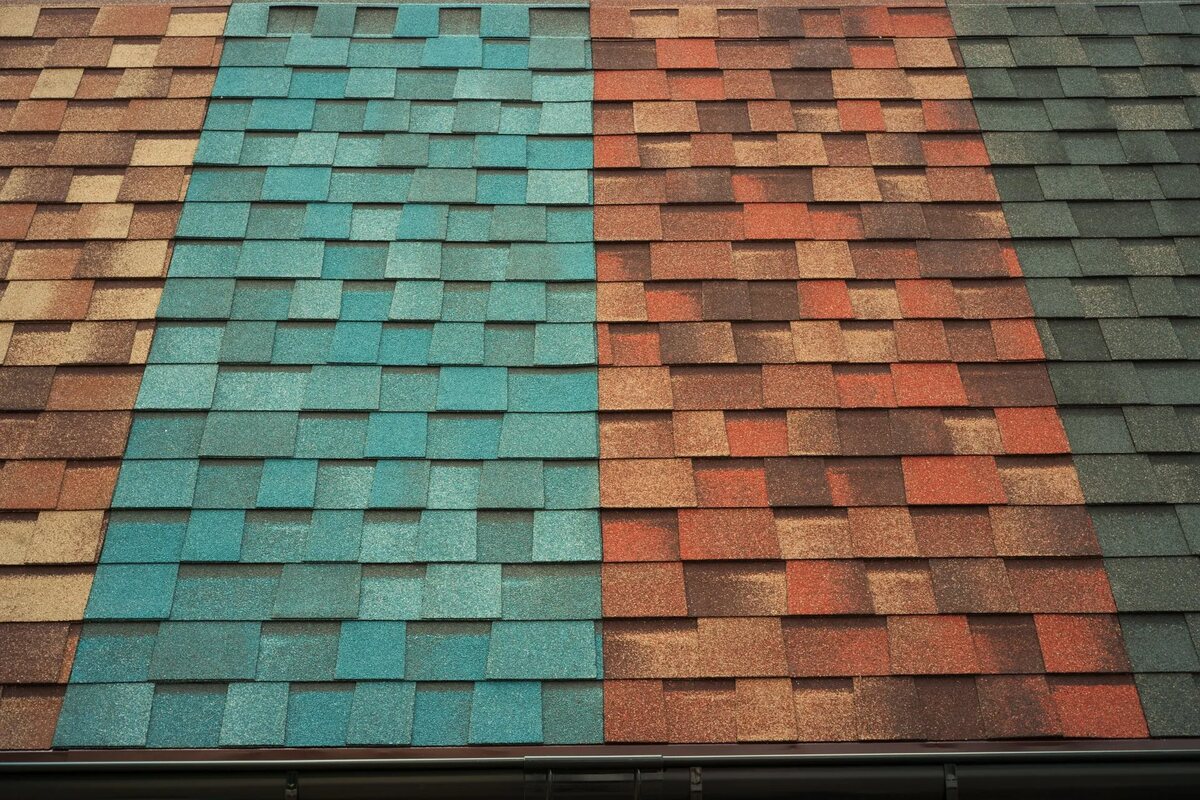
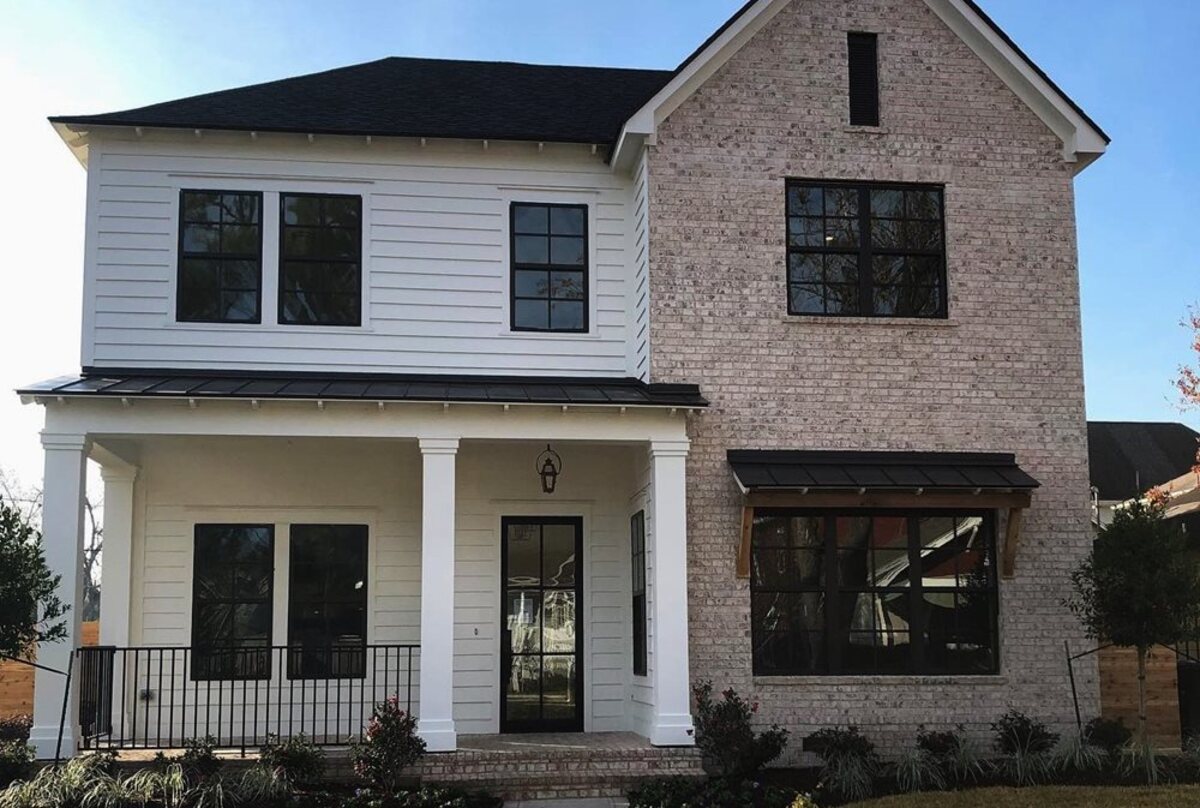
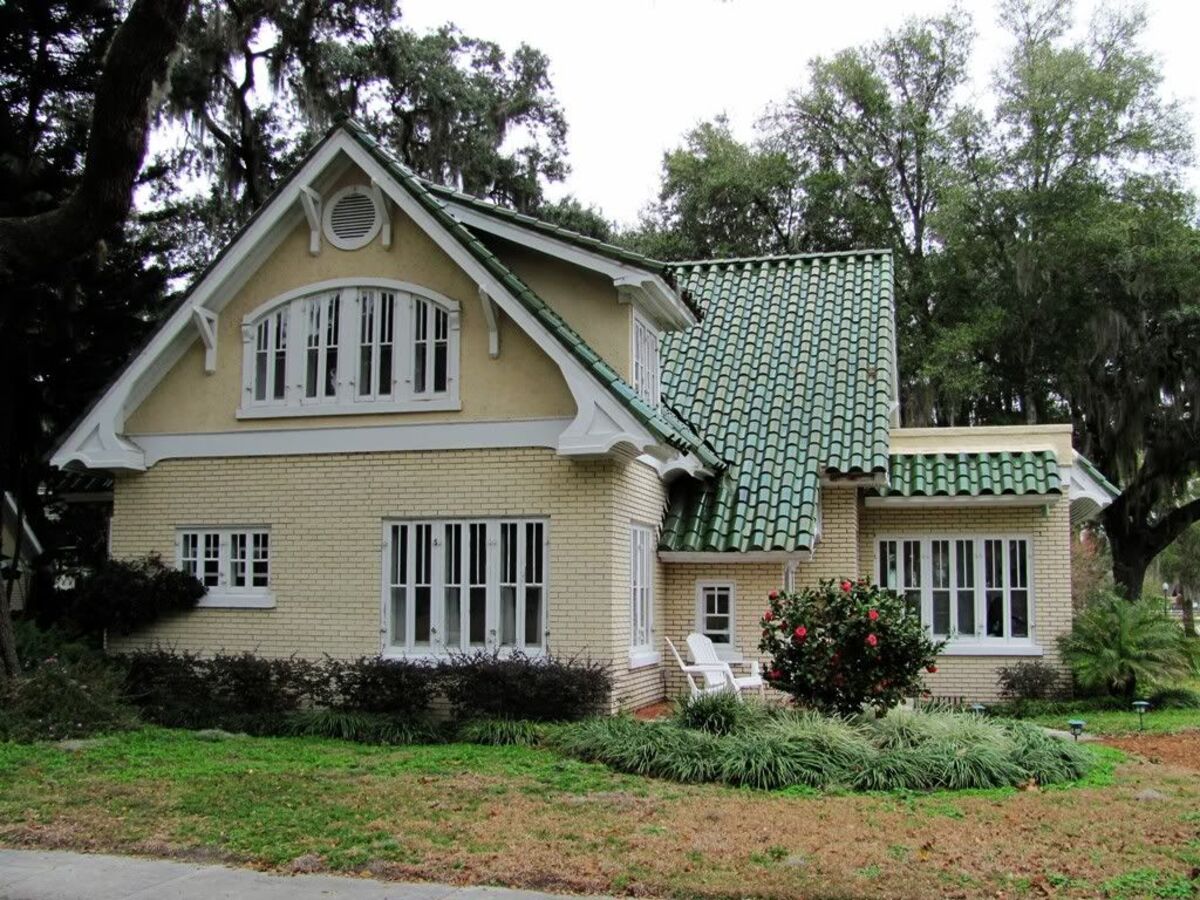
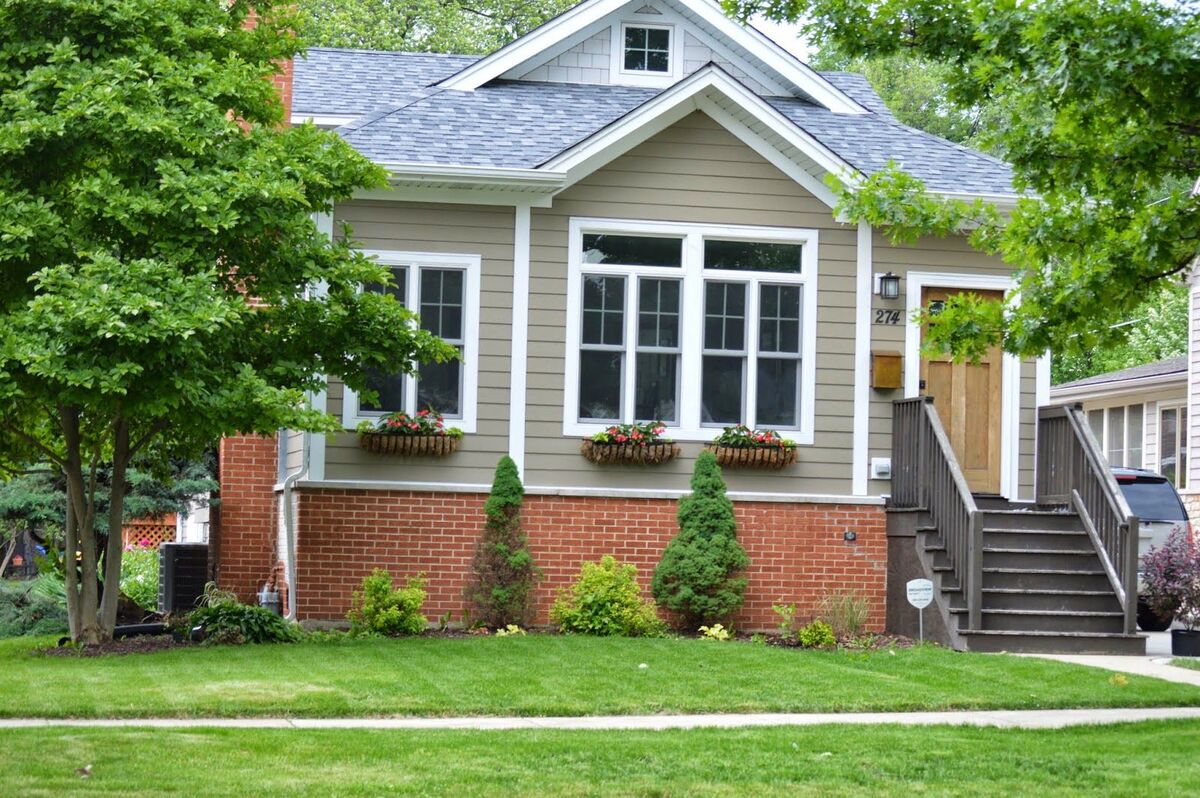
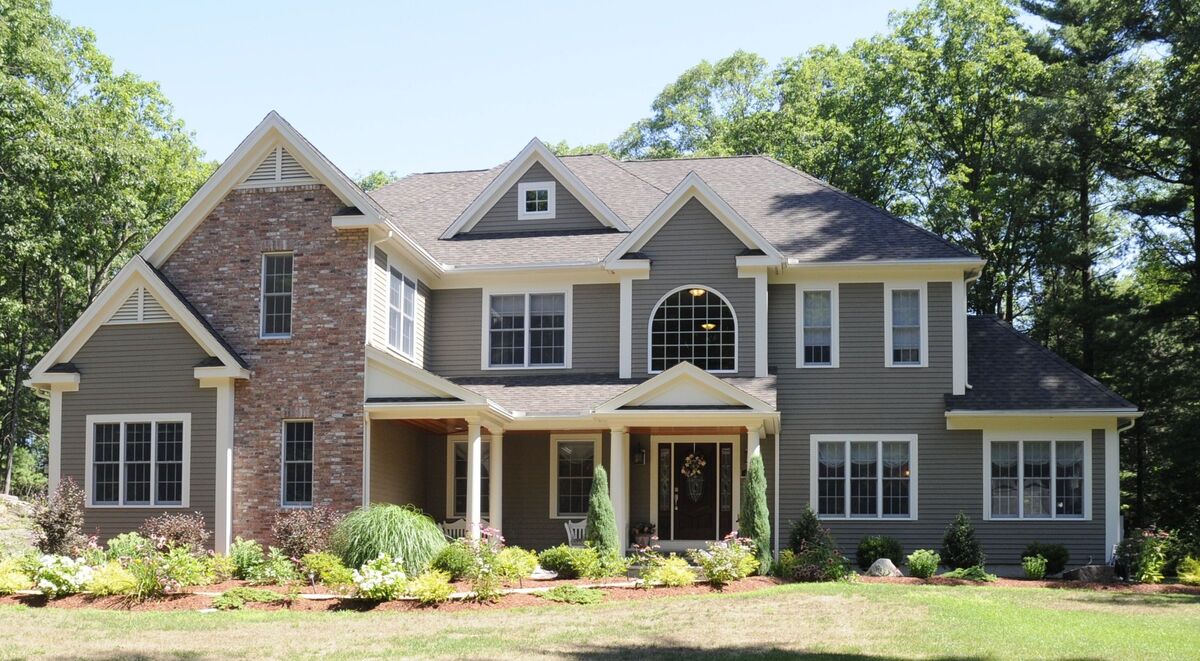
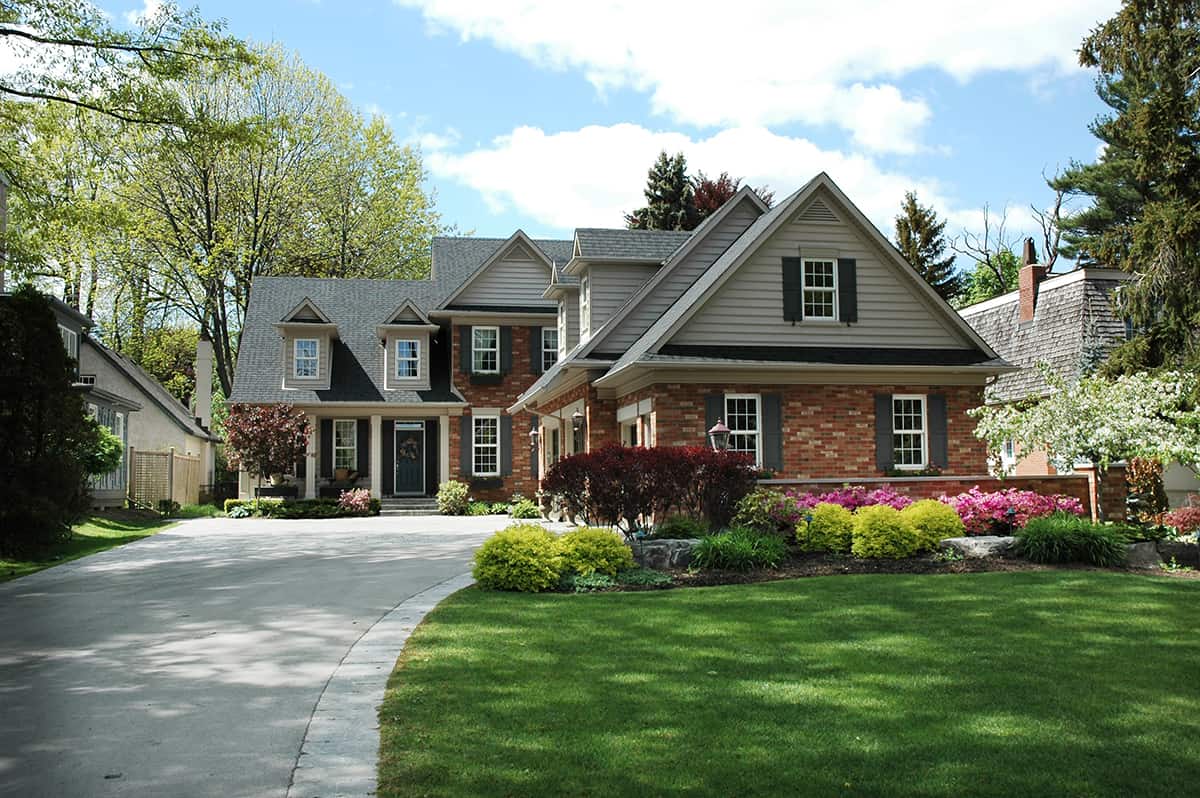
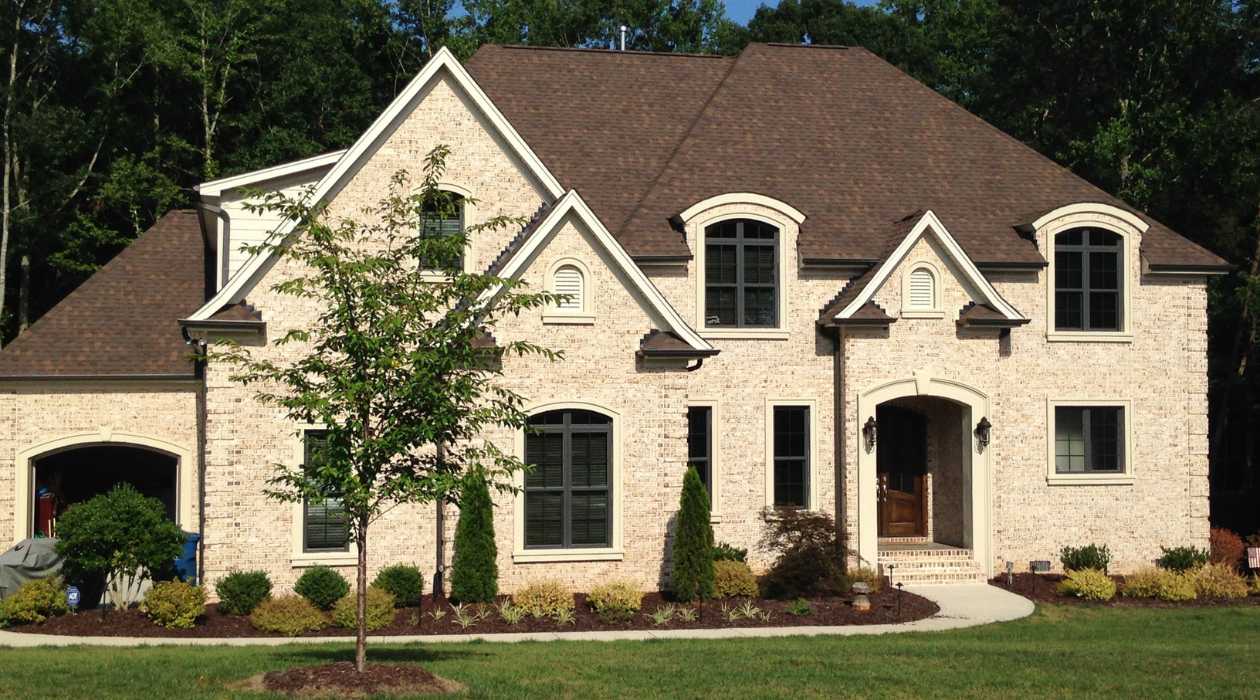
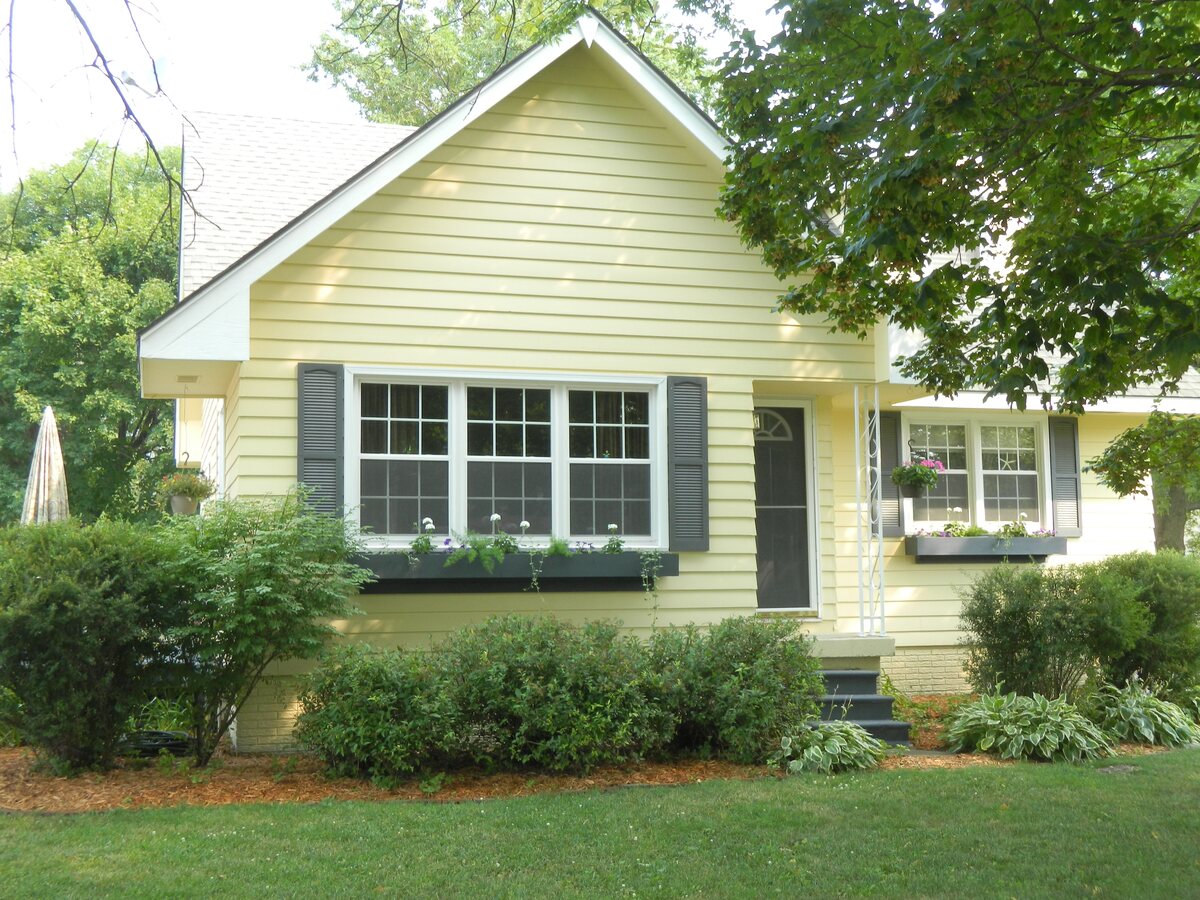
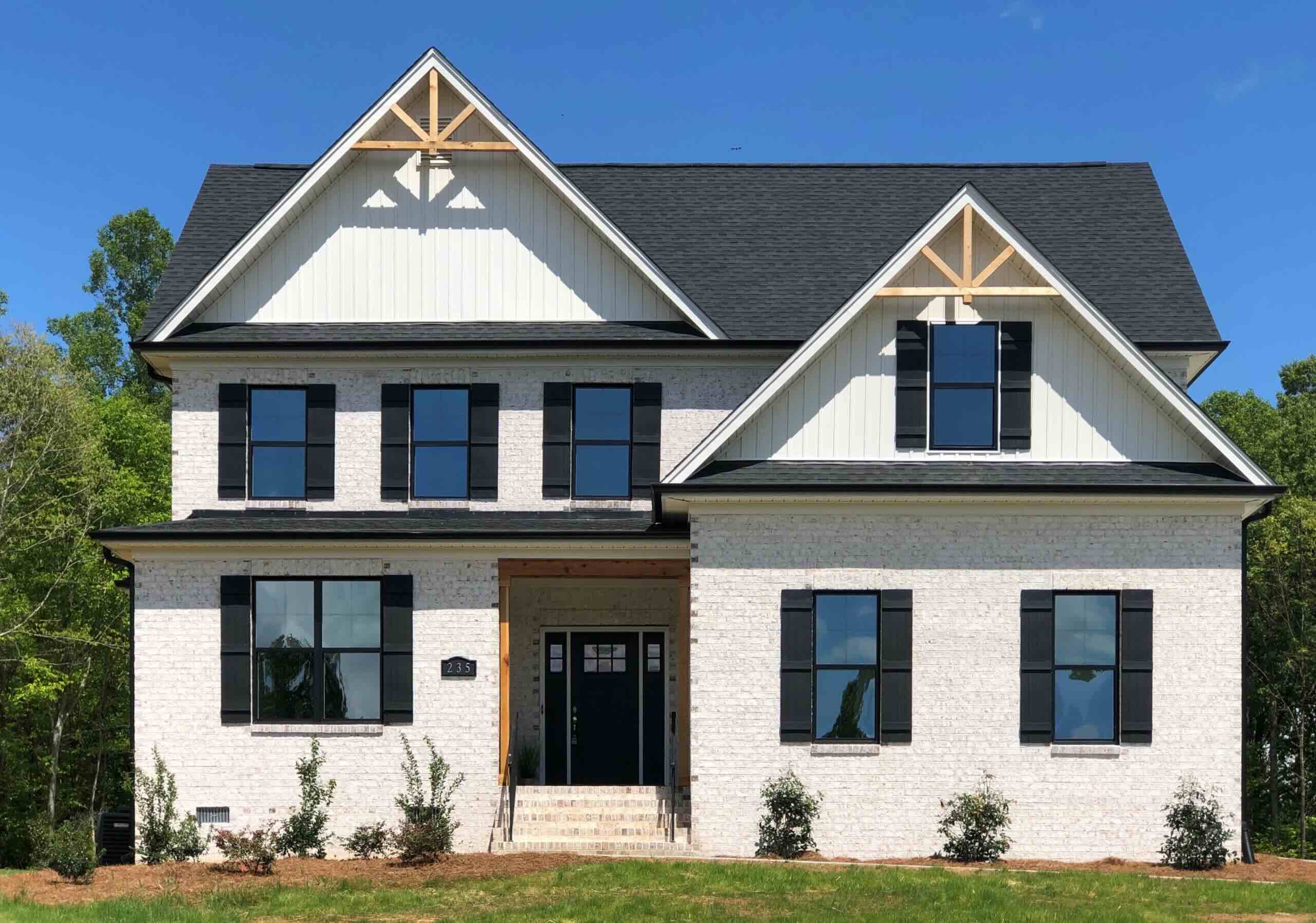
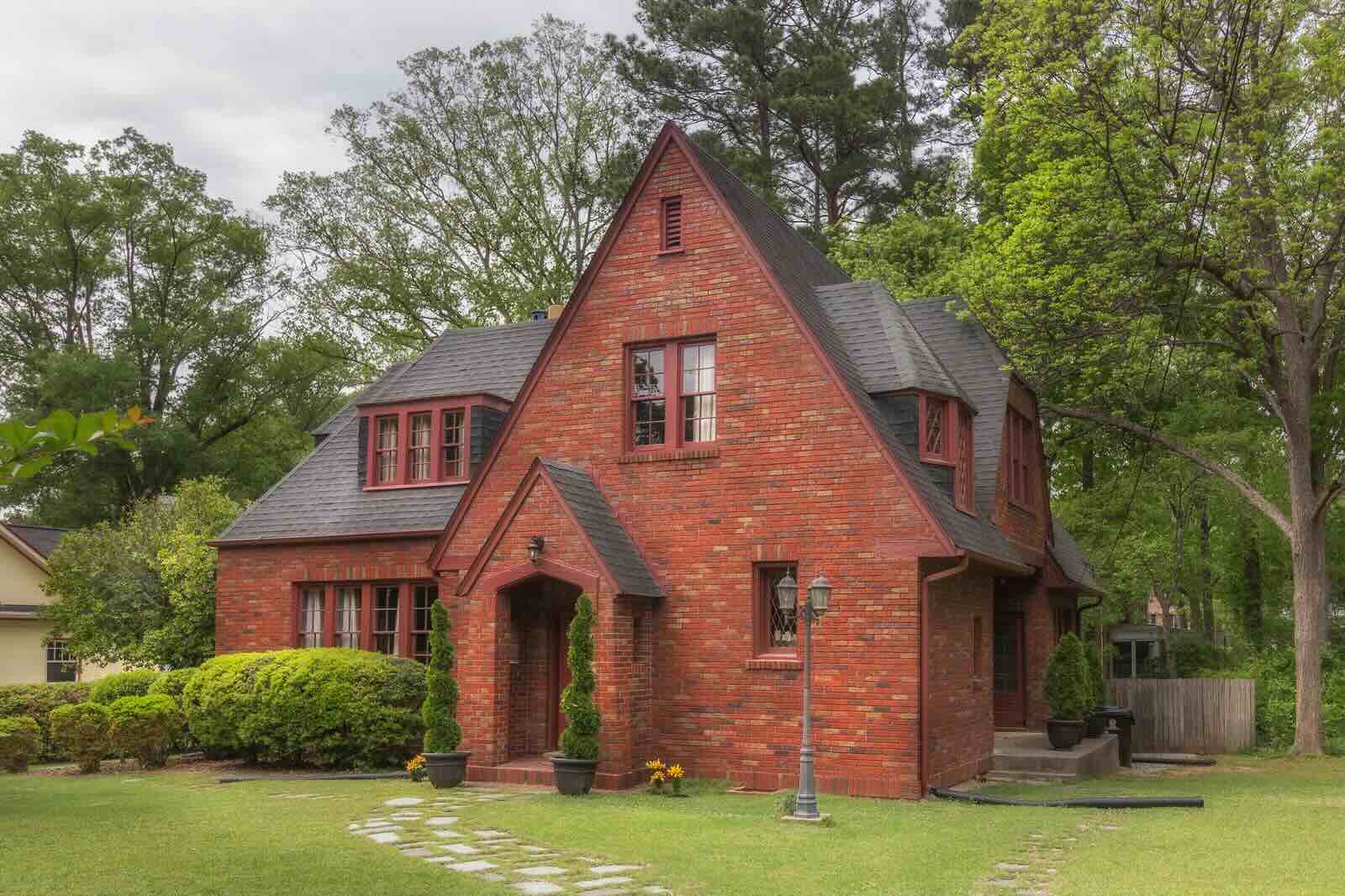
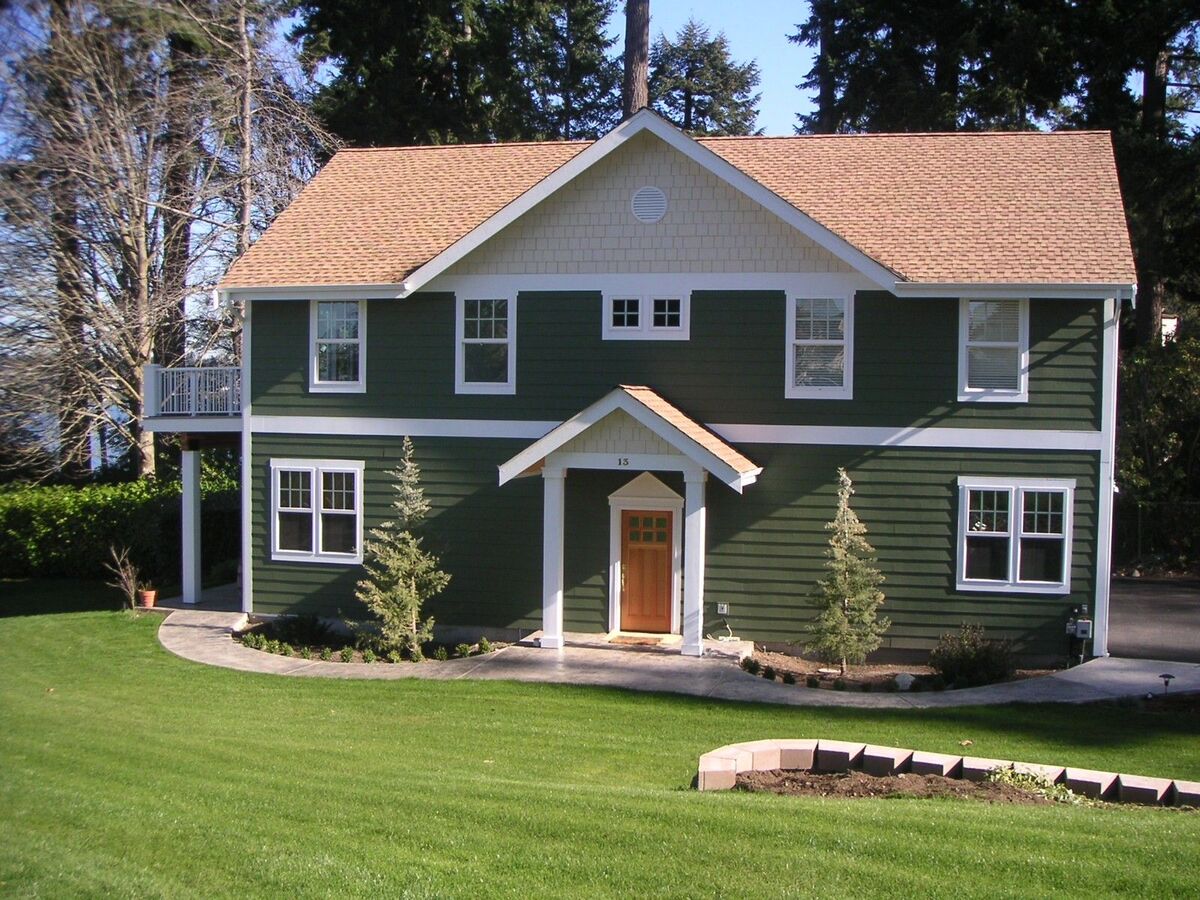
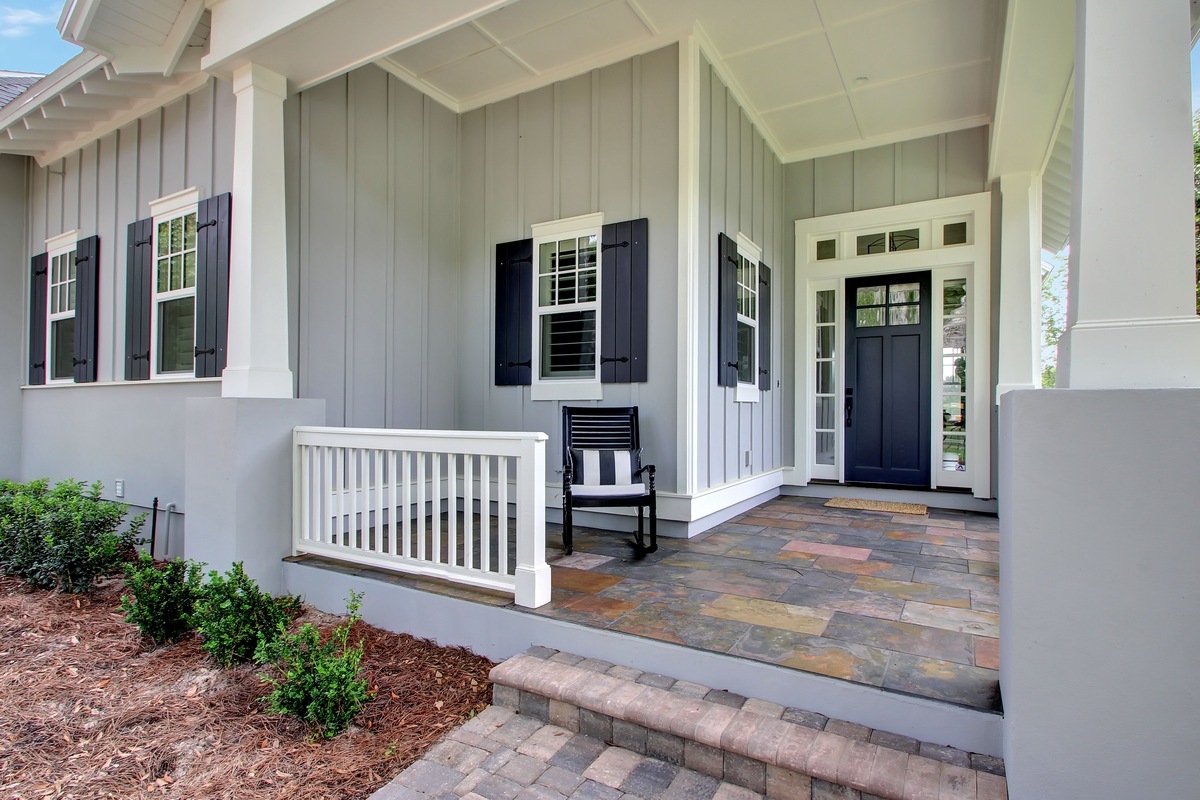
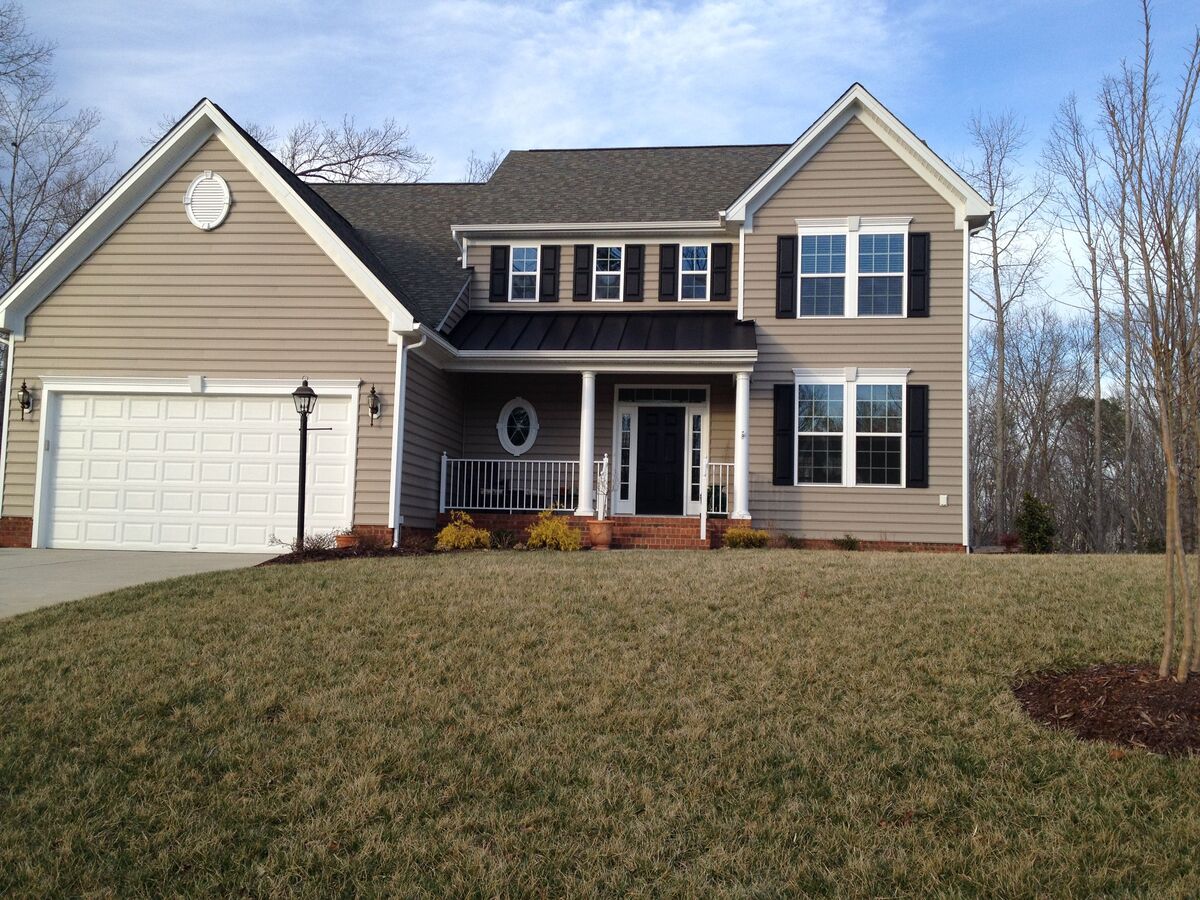

0 thoughts on “What Color Siding Has The Best Resale Value?”